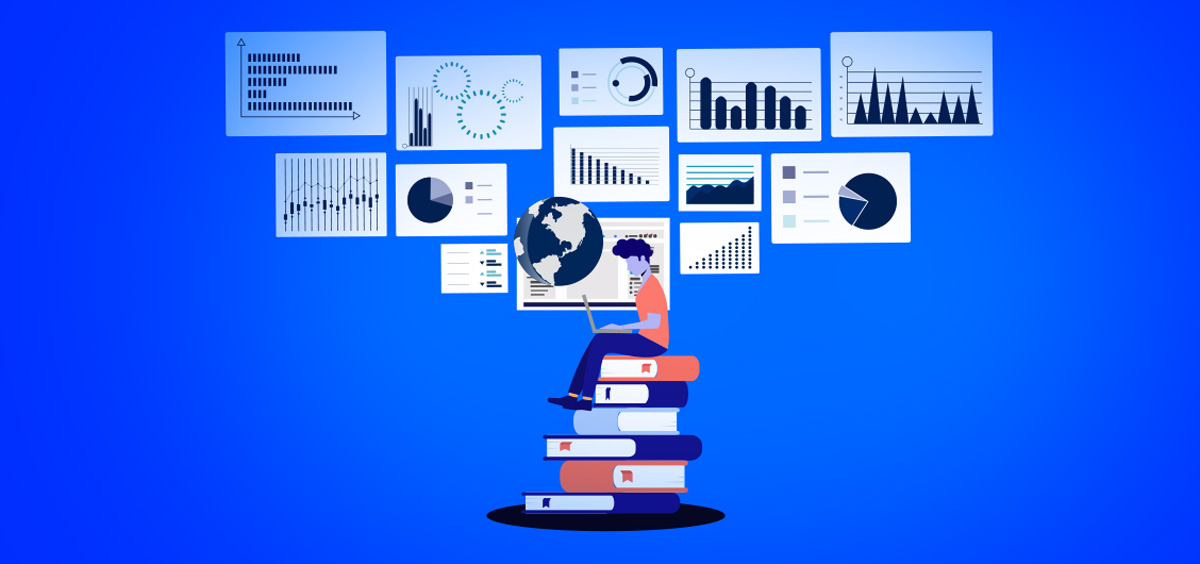
In today's fast-paced business environment, storytelling has become a dominant tool in market research. This tool aids in translating complex information into a digestible, memorable, and compelling form. However, as we navigate the Information Age, relying solely on storytelling can be limiting. The world swiftly turns to data analytics for deeper insights and more actionable strategies. Here's why market research must move beyond just telling tales and dive deep into the sea of data analytics.
The Rise of Storytelling
Before dissecting the limitations, let's first understand the allure of storytelling. Human beings are wired to understand and remember stories. For millennia, narratives have been our primary tool for transmitting knowledge, morals, and culture. In market research, levels can translate the voice of the customer into evocative narratives that strike emotional chords with decision-makers.
Why Storytelling Isn't Enough
While storytelling has its merits, it's essential to recognize its limitations, especially in today's data-rich environment:
- Subjectivity and Bias: Narratives can be influenced by the researcher’s biases or desire to craft a compelling story. This can lead to the exclusion of contradicting data or insights.
- Limitations of Depth: While a story might provide a broad understanding, it might miss out on the depth and granularity that are sometimes essential to drive actionable insights.
- Over-simplification: Stories, by design, simplify for clarity. This might mean overlooking nuances or details that may be crucial.
The Power of Data Analytics
- Objective Insights: Data doesn’t have emotions, biases, or agendas. By leveraging sophisticated analytical tools, researchers can unearth trends, patterns, and insights from vast amounts of data, providing a more objective view.
- Predictive Capabilities: Modern data analytics techniques, such as machine learning, can forecast future trends based on historical data. This predictive power is something storytelling cannot provide.
- Granularity: Data analytics can dive deep, segmenting insights by demographic, behavior, region, and more, allowing for targeted strategies.
- Real-time Feedback: With digital tools and platforms, data can be collected, analyzed, and acted upon in real-time, making businesses more agile.
Merging the Best of Both Worlds
The Way Forward: As market research evolves, the integration of storytelling with data analytics will likely be the future. Researchers should aim to harness data's power while refining their narrative abilities. Only then can we truly grasp the depth, breadth, and nuances of consumer behaviors and insights in this digital age. They can complement each other beautifully. Data provides the what, and stories give the why. Together, they create a complete picture that is both insightful and compelling.
